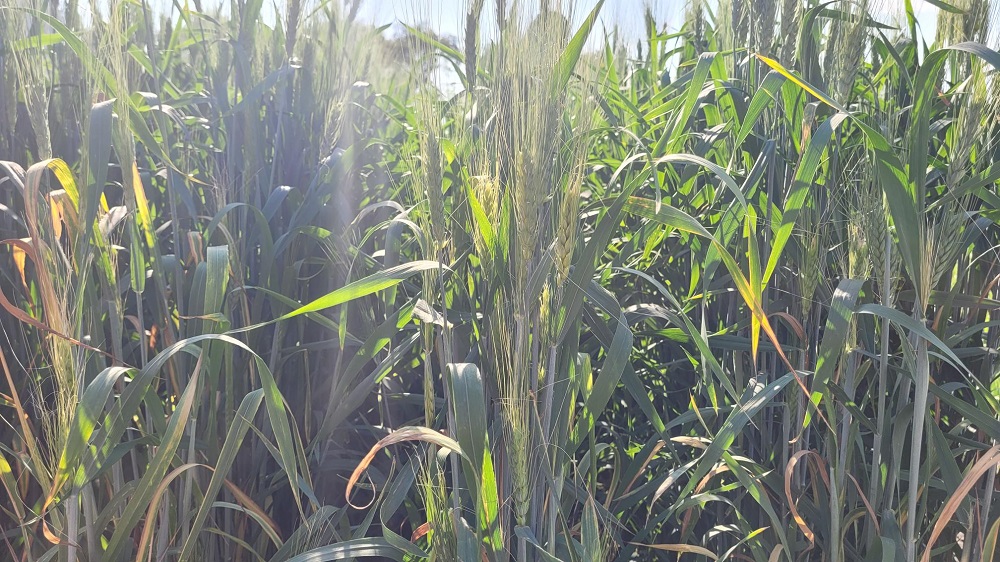A discussion paper is being released by the provincial government to launch development of a carbon offset framework for the province, fulfilling another commitment in the Prairie Resilience climate change strategy.
The paper poses a series of questions to help develop a carbon offset framework that will create additional value for actions that result in carbon sequestration or reduced greenhouse gas (GHG) emissions, including Saskatchewan soils and forests. The paper has already been shared with stakeholders who were asked to provide written feedback last month and will meet this month with Environment officials to discuss.
In a release, Environment Minister Dustin Duncan says our government is committed to designing an offset program that best serves the needs of the province and that with input from Saskatchewan industries, associations, producer groups and other diverse stakeholders, we can design a system that extends to all sectors to help the province shift to a lower-carbon economy.”
Offset credits are one option for industrial emitters to comply with regulations already in place to reduce the intensity of emissions per unit of production. The market-based program will provide carbon offset credits to a project developer who uses approved methodologies to reduce, remove or sequester GHG emissions from the atmosphere. These credits can then be sold to organizations seeking to comply with the regulations and account for their own emissions. The offset program will be designed to provide incentives for developing clean technologies, renewable energy and sustainable practices.
Executive Director of the Climate Change Branch at the Ministry of Environment Sharla Hordenchuk says the government remains committed to the project and says the offset system is another way to get reductions without regulatory requirements for reduction targets.
“It’s really about finding those other sectors where there’s emission reductions that are possible and activity can be calculated into a credit that can be transacted for a market based system,” said Hordenchuk. “It’s an incentive for those other sectors to work towards having less greenhouse gas emissions in Saskatchewan.”
A technology fund discussion paper is also available, while a paper on a performance credit system is expected later this year.








